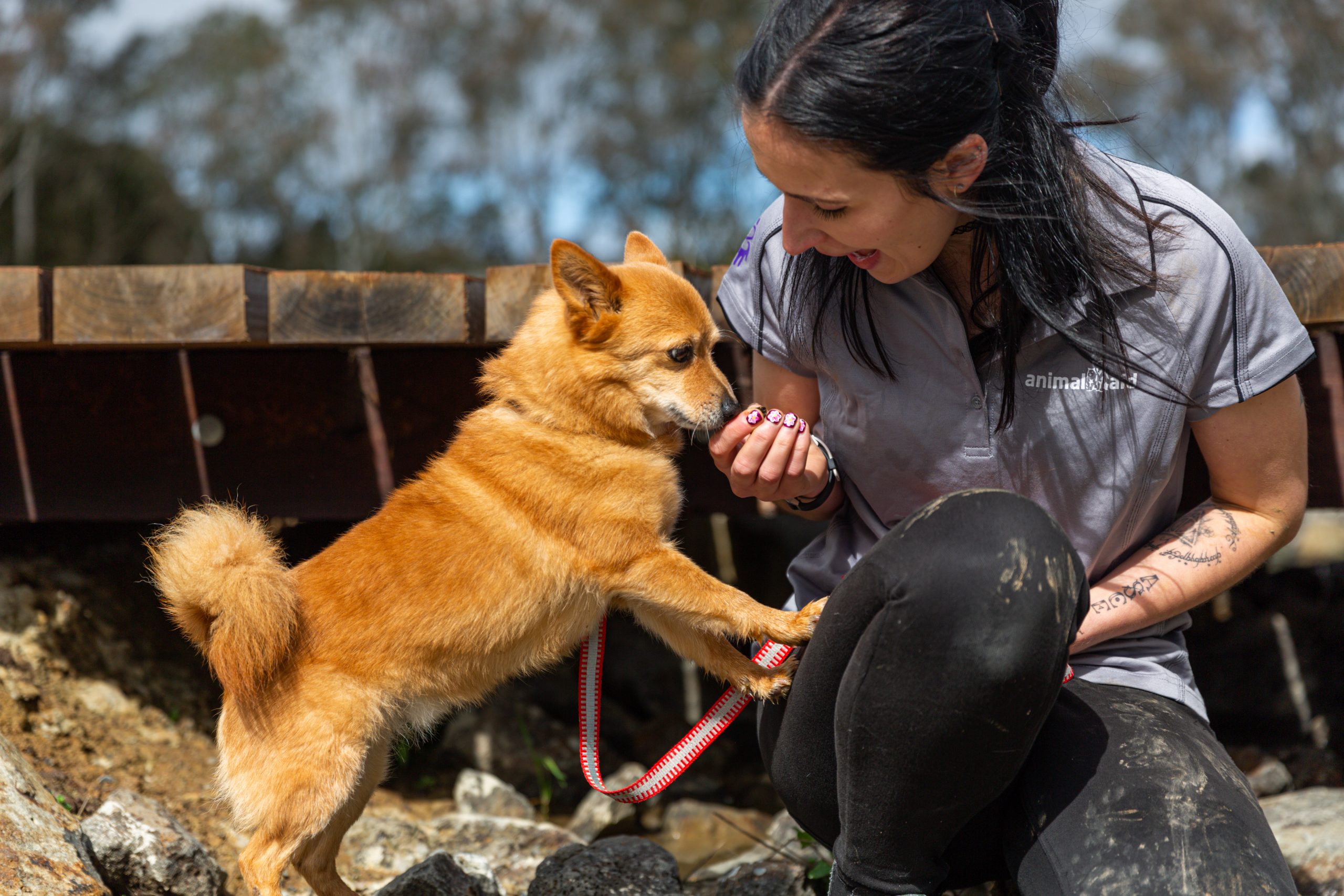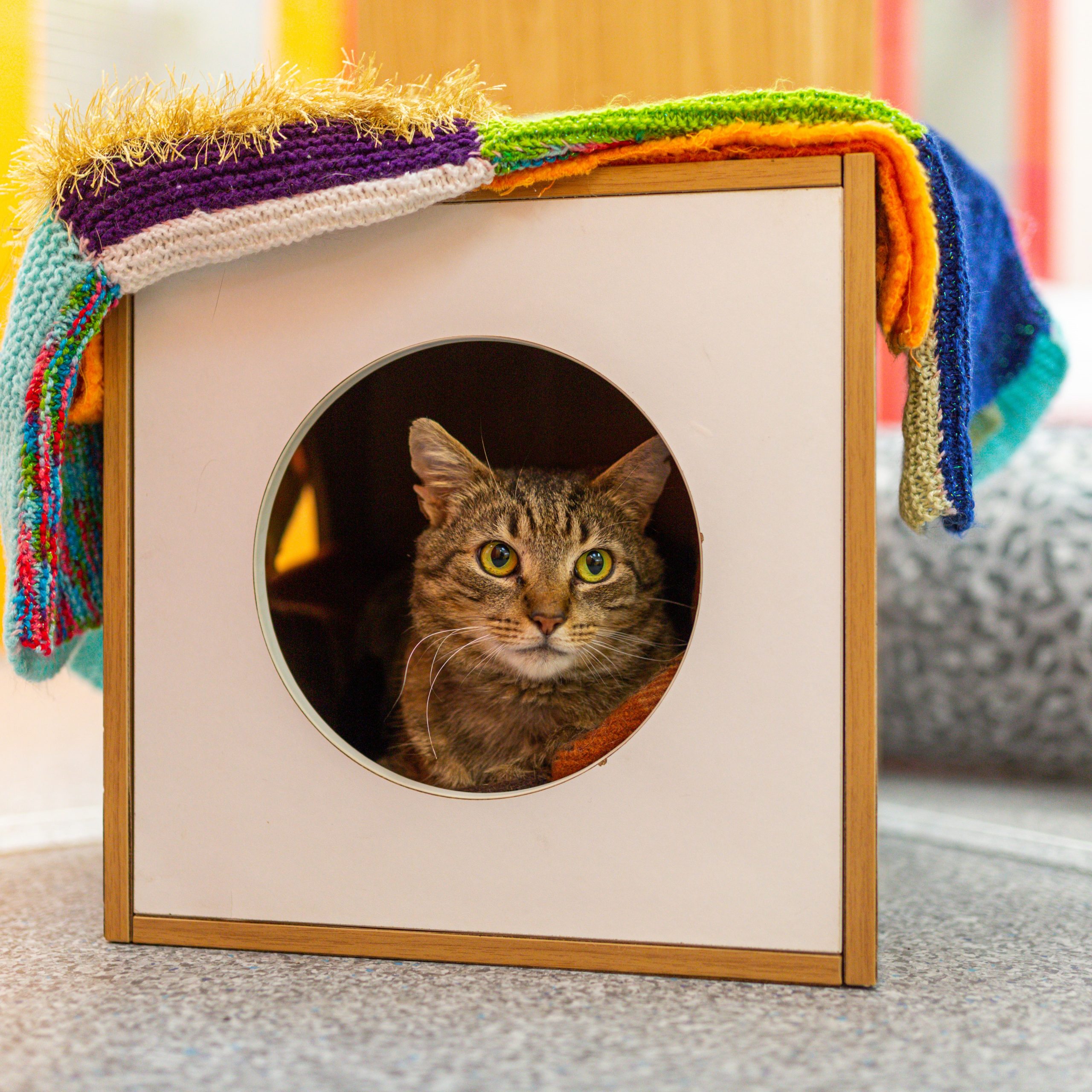
Have you ever wondered what it would be like to take in a pet on foster?
We have spoken to two foster carers about their experience.
Anne-Marie Ireland has been fostering cats and kittens for Animal Aid since 2021 and has helped care for 13 kittens and 2 mumma cats.
Q: What is the best part of the job?
A: That first purr and their happiness to see me. The rubs and snuggles. That loving gaze when they are content. Knowing that my foster babies are ready to find their furrever happy home.
Q: What requirements do you need to foster kittens?
A: A spare room or area where you can set up a playpen or crate away from your own pets is ideal. For very young kittens you might need to be home for regular feeding. But there are lots of cats and kittens who would love to be fostered into a family environment. Patience and care are important. A lot of foster animals have come from neglected environments and humans might be scary to them at the start.
Q: What should someone expect for their first foster experience?
A: Your foster kittens or cats might be scared and wary to begin with. It’s best to leave them alone for a day or two to settle in and get used to your home. Just doing things gently and quietly while they get used to you and your voice is a great idea. They have their own personalities, so each one will react to you differently!
Q: What is the hardest part of the job?
A: Giving them back! Every now and then a special one comes along and it’s love at first sight. They are the hardest to hand back.
Heather Sherar was a long-time dog foster carer with us, who helped care for 28 dogs before moving to regional Victoria.
Q: What is the best part of the job?
A: When you’ve put the hard work in and spent time assessing these dogs in your home, given feedback to the team at Animal Aid and it has resulted in a perfect match for the dog and their new family. I loved the sense of community and teamwork, Animal Aid was so helpful if ever you needed something there was someone you could call on.
Q: What requirements do you need to foster dogs/puppies?
A: Secure yards are important for dogs to keep them safe, as few distractions as possible for example no small children or other pets, but it depends on the dog. Some dogs like to have another dog companion. Most of our dogs would sleep inside so if you have room to set up a sleeping spot for them that would be ideal. We also liked to have at least one person home for most of the time so we could assess the dog’s behaviour and monitor any medical conditions they might have.
Q: What should someone expect for their first foster experience?
A: You need patience and be giving of your time for these animals. Allow them some time to settle in, they probably won’t feel at home straight away. Although we did have a beautiful Rottweiler who did just that once! She was right at home straight away. You need to be calm but also have some rules and boundaries, as dogs need to learn these things for a new home. And most importantly lots of love.
Q: What is the hardest part of the job?
A: Lots of people say giving them back is the hardest part of the job, but honestly that was the best part! We fell in love with the dogs but we were happier that they would go on to find a new home.
If you would like more information then join us on our foster care information nights!
Dog Info Night
Tuesday 6th September
7 pm
Vollie Hub, Coldstream (in boarding building)
RSVP: TMenze@animalaid.org.au
Cat Info Night
Tuesday 23rd August
7 pm
Coldstream Cattery
RSVP: TMenze@animalaid.org.au




